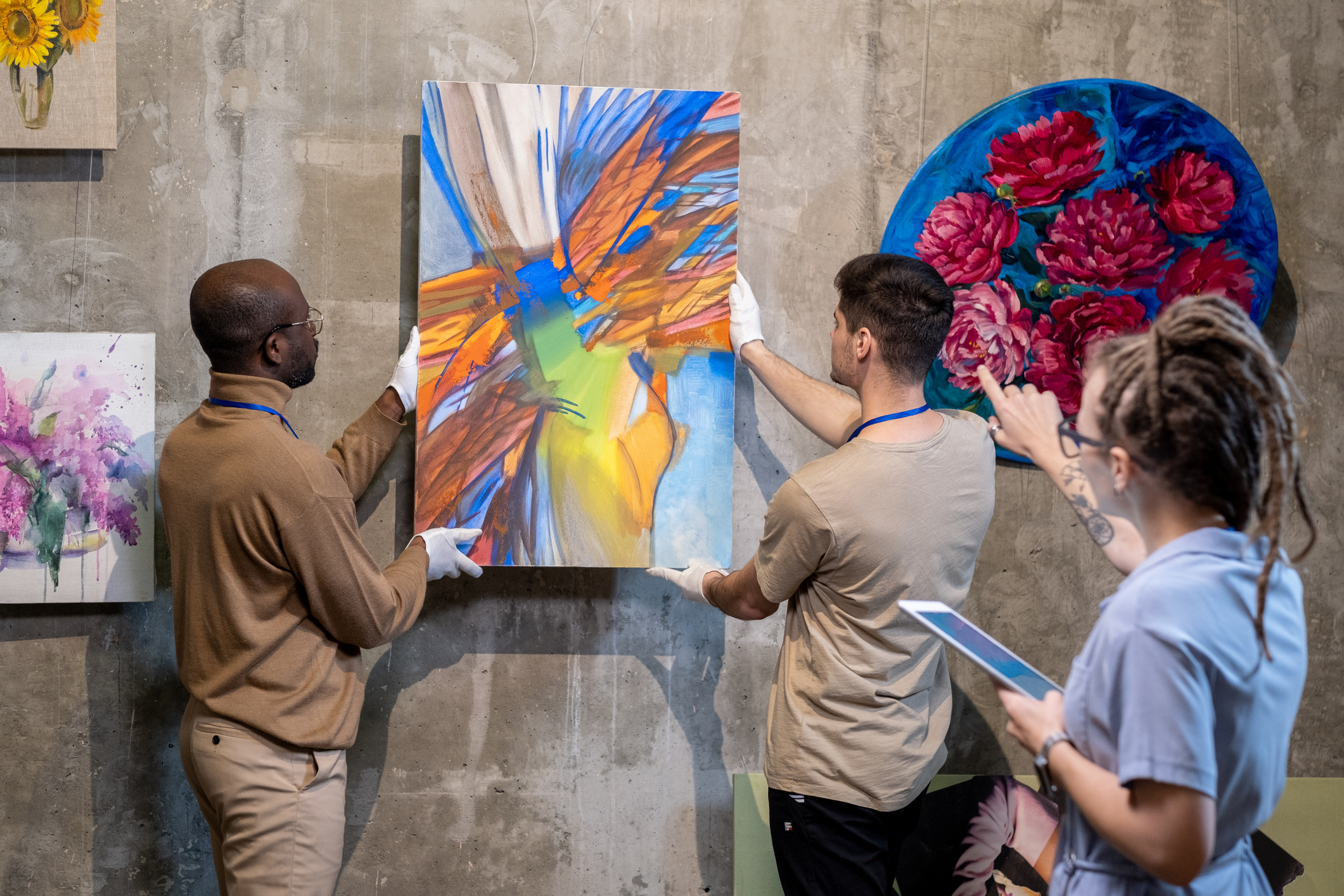Fractional art ownership isn’t as lucrative tax-wise, as it used to be. But it’s still an easy way for billionaires to reduce their taxes.



Fractional gifting was a popular tax loophole in the early 2000s before the government closed it in 2006. Or so they thought. The practice, which involves donating a fraction of an art piece to a museum and writing off that percentage of fair market value, has returned thanks to skyrocketing prices in the art market and more attempts to increase taxes on the ultra-wealthy.
Donating art fractions isn’t as easy, or as lucrative tax-wise, as it used to be. But it’s still a fairly easy way for billionaires to reduce their tax burdens.

It starts by donating a portion of an art piece to a museum or another qualified nonprofit. Fractional ownership means the museum gets to take possession of the art and display it (or leave it in the backroom if it’s an ugly painting but you’re a big shot, so they help you out anyway) for a fraction of the year.
If you donate 10% of a painting, the museum takes possession of and displays it for 36.5 days. For people with multiple houses/islands/spaceships, 36.5 days without a painting is no big deal. Just donate the art when you won’t be at that house anyway—simple.
The catch is that once you start the process, you have to donate the entire piece within 10 years. If you don’t, the IRS will charge you back taxes, plus penalties and interest.
Once you donate the fractional ownership to the museum, you can write that fraction of the piece’s “fair market value” off on your taxes as a charitable donation.
As you may have guessed, fair market values, especially in a market as subjective as art, are very fluid. Both sides of the transaction want skyscraper-high appraisals: The appraiser wants more business and a thriving market, and the museum wants to be able to show rare, pricey, look-what-we-have art. And, of course, the donor wants a high amount to be able to write it off.
There is (of course) another catch. Once the piece is appraised, the value is set. If you start the process and get a painting valued at $500,000 in year one, only to learn five years later that it’s worth more like $5,000,000, there are no do-overs. You have to donate the painting at the original appraised value or face the wrath of the IRS. Good luck with that.
In the gilded age of fractional donations—before 2006—you could extend your donation period indefinitely, and you could get a new appraisal each year. But now, with a 10-year shot clock and a limit on appraisals, we’re in a new era of fractionalized art. Rising art prices and the specter of increased taxes on the wealthy have prompted a lot of the ultra-rich to start experimenting again with old-guard tax write-offs.
The first step is that you actually have to have art. You could take your 5-year-old’s drawing of a farm off the fridge and try to find someone to show it, but the IRS will come knocking eventually.
That means the art should be something that would be shown in museums.
Before the art is donated, find an appraiser to determine the fair market value of the piece. Art appraisal is far more subjective and should be done by someone credentialed by a group such as the American Society of Appraisers.
It’s not easy to manipulate this part of the process to get the art overvalued. If you get audited and the IRS challenges the valuation, the painting will be appraised by the IRS’s panel of appraisers (dream job?).
The IRS appraisers don’t know who donated the art, who the original appraiser was, or any other identifying information about the situation. In some cases, the panel will completely disallow the write-off. In other words, you’d have to pay back every cent of back taxes.
Now that you have art and know its value, you can start the process of donating a fraction of it. Remember, once you start the process, the value is set in stone for the duration of the donation period. Your 10-year hourglass starts…now.
Whatever fraction of the art that you donate is the fraction of the year that the non-profit must have possession of the piece. In addition to not having the art, you’ll have to pay for it to be transported to the museum and likely have to pay for pricey insurance on it. It’s certainly worth taking the time to calculate whether it’s worth donating based on these overhead costs.
Finally, the art must be completely donated to its new home within 10 years of the first donating year. If it isn’t, you will be charged for back taxes plus penalties and interest.
There’s no shortage of creative ways to dodge taxes and donating fractions of art pieces with mysterious values is one of the more arcane ways to do it. If you’re an art expert and have some good connections, it’s probably worth the time. If you wouldn’t know Picasso from Piccard, keep looking.